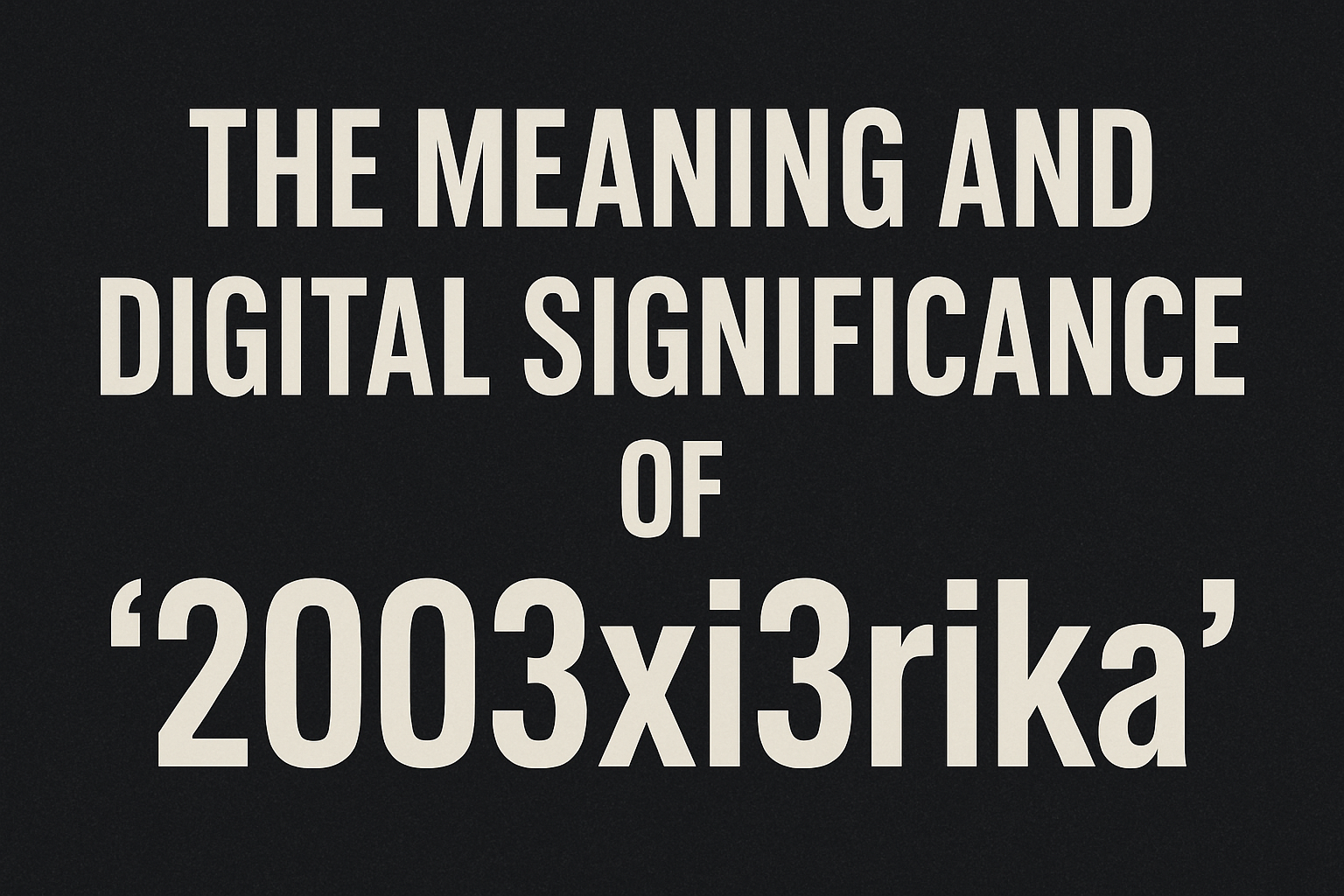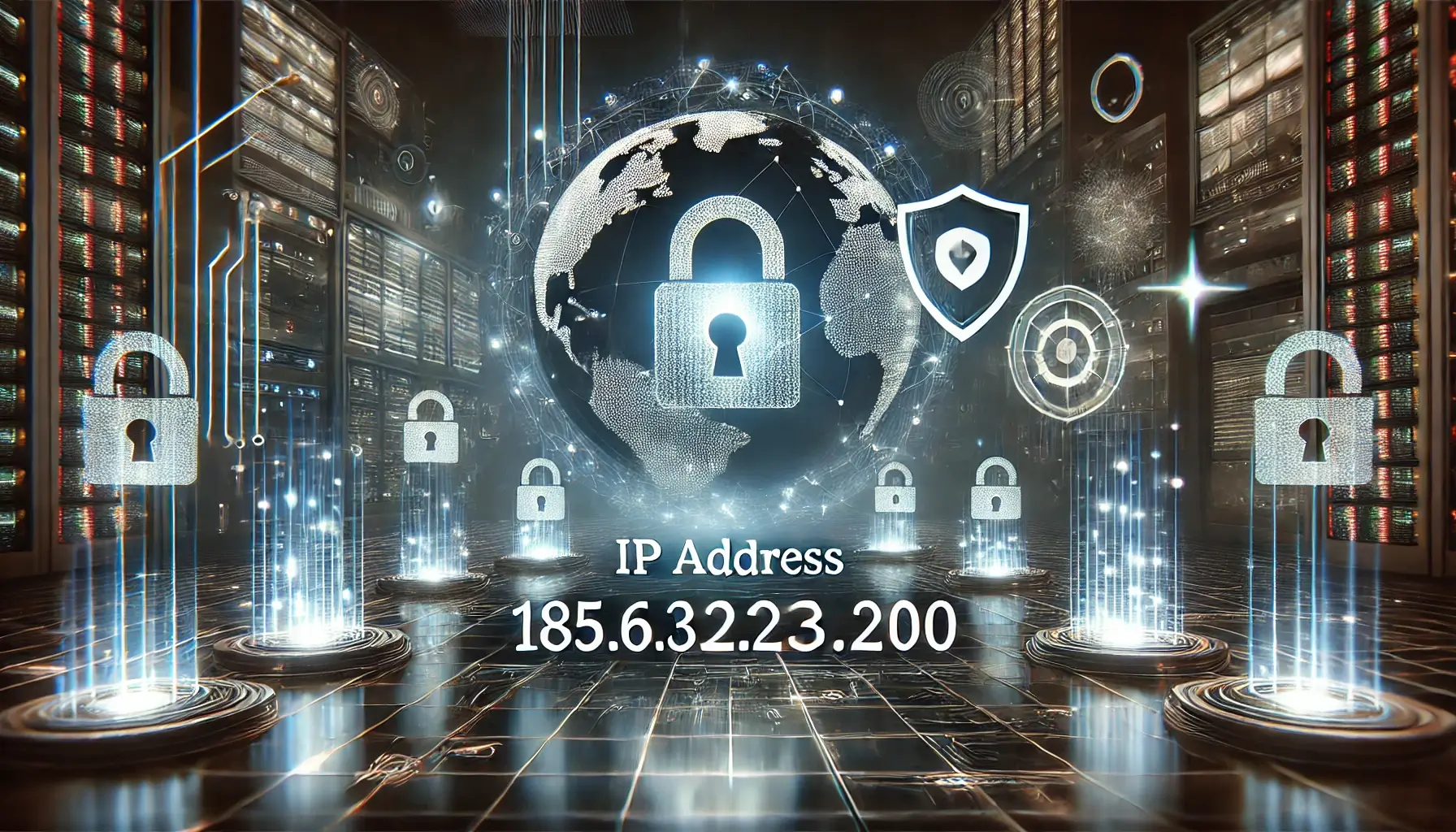Introduction
At first glance, 185.63.2253.200 appears to be a standard internet protocol (IP) address, composed of four groups of numbers separated by dots. Most people familiar with technology will immediately recognize this structure, since it mirrors the format of the IPv4 addressing system that has been in use since the early days of networking. However, a closer inspection reveals something unusual: the third group of digits, 2253, is outside the valid numerical range for IPv4 addresses. Each segment of an IPv4 address, often referred to as an octet, must fall within the range of 0 to 255. Because of this technical limitation, 185.63.2253.200 cannot exist as a legitimate IP address. Despite this, the sequence continues to show up in search engines, in logs, and even in published articles. This raises an important question: why would such a malformed address appear at all, and what significance does it hold?
Why 185.63.2253.200 Is Not a Valid IPv4 Address
The core reason that 185.63.2253.200 fails as an IP address lies in the mathematics and standards of IPv4. An IPv4 address uses 32 bits, divided into four groups of 8 bits each. Since 8 bits can only represent numbers between 0 and 255, any group of digits exceeding 255 automatically invalidates the address. In this case, the value 2253 far surpasses the maximum allowed, rendering the entire address unusable in any real networking scenario. Computers, routers, and servers configured with such an address would simply reject it. This makes 185.63.2253.200 fundamentally different from a legitimate IP such as 185.63.225.200, which could belong to an actual device or server on the internet. The malformed version, however, exists only as a curiosity, a mistake, or perhaps a deliberate placeholder.
How Do Invalid IP Addresses Like This Appear?
If 185.63.2253.200 cannot be used as an actual IP address, why do we encounter it in discussions, search results, and technical documents? One of the most common explanations is human error. A network administrator, writer, or user may have intended to type a valid IP address such as 185.63.253.200 or 185.63.225.200, but an extra digit was introduced by mistake. Typographical errors of this kind can quickly spread, especially when copied into blogs, tutorials, or forums. Once an incorrect address makes its way into the public domain, it often gains a life of its own, with other people repeating it without verifying its validity.
Another possibility is that malformed addresses are sometimes used intentionally as examples in documentation or training materials. A writer may want to show the structure of an IP address but deliberately insert an invalid value to discourage readers from assuming it points to a real, functioning system. In this way, 185.63.2253.200 could serve as a “safe” placeholder, much like fake phone numbers in movies that use the 555 prefix. The advantage of using a clearly invalid number is that no one will accidentally connect to a real system and cause disruptions.
There is also the less benign explanation that malformed IPs may appear as part of SEO manipulation or clickbait strategies. Because the sequence resembles a valid IP, curious users may search for it, hoping to uncover its meaning. Content creators who exploit trending or confusing terms often insert such values into titles and body text to capture web traffic. This explains why multiple articles exist that reference the string without offering much context — the goal is often visibility rather than accuracy.
Potential Risks and Misunderstandings
Although 185.63.2253.200 is not valid, its circulation can still cause practical problems. Imagine a system administrator troubleshooting connectivity issues. If they encounter this malformed address in a log file or configuration file, they may initially waste time chasing down a non-existent server. Similarly, inexperienced users who see this number in error messages might assume it represents a real machine and attempt to interact with it, leading to further confusion.
In cybersecurity, malformed data entries are sometimes treated as red flags. For example, unusual IP formats can indicate that a system is misconfigured, or worse, that it has been targeted by malicious activity. Attackers occasionally use invalid values to obfuscate their actions or to test the resilience of log parsers and monitoring tools. If security software is not properly equipped to handle out-of-range values, it may behave unpredictably, creating blind spots for attackers to exploit. While it is not proven that 185.63.2253.200 has been used in such a context, the principle remains important: invalid addresses can be more than harmless typos — they may signal deeper problems.
The Broader Context of IPv4 and Address Exhaustion
The appearance of odd addresses like 185.63.2253.200 also ties into the larger conversation about IPv4 exhaustion. With only about 4.3 billion possible IPv4 addresses, the internet long ago ran out of new ones to allocate. This shortage has forced organizations to adopt workarounds such as Network Address Translation (NAT), and has accelerated the transition to IPv6, which supports a vastly larger number of addresses. In a world where valid IPv4 space is scarce and highly valuable, malformed or nonsensical addresses stand out even more starkly. They represent wasted or invalid entries that serve no purpose in actual routing or connectivity. This might partly explain why sequences like 185.63.2253.200 draw attention — they highlight the strict boundaries of the system and the importance of using addresses correctly.
Why It Continues to Attract Attention
Despite being invalid, 185.63.2253.200 continues to generate curiosity, which fuels its presence in online content. Users who stumble upon it in a log file or on a webpage often turn to search engines for answers. The mystery of whether it represents a real server, a hidden service, or some form of coded message adds to its intrigue. Additionally, because IP addresses often play roles in cybersecurity stories, botnet tracking, or digital investigations, people are predisposed to assume that unusual addresses must have significance. Even if it is nothing more than a malformed entry, the string retains a kind of accidental mystique.
Conclusion
In the end, 185.63.2253.200 serves as a reminder of the importance of precision in technology. What looks like a normal IP address at first glance is in fact invalid, because it breaks the strict numerical rules of IPv4. Its appearance in logs, articles, or discussions can usually be explained as a typographical error, a deliberate placeholder, or a tactic for attracting online searches. Yet even as an invalid address, it carries meaning: it warns us about the potential for confusion, the need for careful validation in network administration, and the way misinformation or mistakes can propagate widely online. Whether encountered in a technical document or stumbled upon in a search query, 185.63.2253.200 demonstrates that even small deviations from established standards can create large ripples in how people interpret and interact with technology.








